From ancient paintings, artistic masterpieces reflecting an entire period of developed civilization, to precious historical manuscripts, all are carefully preserved in thousands of museums across France.
Behind the magnificence and peace of these artifacts, documents and works is the effort of the whole of France to protect the heritage from countless threats, from natural disasters, technical incidents to sophisticated crimes and new challenges of the times.
Security and safety for all heritage
In France, all experts, students and personnel in the field of heritage protection and promotion clearly understand two key concepts: “security” and “safety”.
Mentioning “security” means the work of preventing natural risks and technical accidents, dangers that can arise unintentionally or due to objective factors. Any situation such as fire, flood, structural damage, or problems with electrical and water systems must be calculated in advance.
Careful preparation for “security” issues helps ensure the integrity of the space and the artifacts displayed inside from unintentional harm.
The concept of “safety” is completely different. It is the work of preparing and responding to intentional threats, such as sabotage, theft, illegal trade or terrorism. In essence, museums are places to preserve, promote the image and value of all works, antiques, documents and constructions.
 |
| With a rich treasure trove of antiquities, museums and galleries are always the focus of curiosity for tourists and criminals. (Photo: MINH DUY) |
Furthermore, museums not only attract domestic and international visitors, but are also attractive targets for heritage crime. The “safety” factor therefore includes three components: the public, the building and the artwork, forcing comprehensive prevention and response strategies to be ensured, leaving no aspect untouched.
Protecting heritage from a strong legal foundation
To protect cultural heritage to the maximum extent, it is necessary to build a solid legal system. The Law of January 4, 2002 is an important milestone, clearly demonstrating that France has achieved this.
The law provides the first legal definition of museums, clarifying the multidimensional role of such cultural institutions in society.
The mission of the museum is also clearly mentioned from the work of conservation, research, collection enrichment, to promoting the function of education and disseminating knowledge to the public. State-recognized museums, whether public or private, must comply with the core principle of “public property” in protecting national assets.
Notably, the title “French Museum”, recognized by the State, helps these establishments enhance their prestige. Accordingly, the museum must have commitments to a suitable physical facility to receive the public, a team of qualified experts, continuous operation, and strict control requirements for preservation and security.
To date, more than 1,200 museums across France have received this title.
In addition, France has other regulations that contribute indirectly but are no less important to the protection of heritage. Decree No. 2005-1157 of September 13, 2005, relating to the establishment of the Civil Security Response Organization (ORSEC), is a typical example.
This Decree stipulates the structure and operating principles of ORSECs from central to provincial levels, and must have specific plans to protect heritage in case of natural disasters or major incidents.
 |
| The space displaying the painting "Mona Lisa" is never empty of visitors. (Photo: KHAI HOAN) |
Fire safety regulations related to different types of buildings, although not directly related to the protection of cultural heritage, are also an important element in the protection and conservation of heritage. One of the important regulations is fire safety related to buildings.
Safety measures such as isolation, smoke evacuation, stairwell closure, use of fire-resistant materials, or requirements for automatic fire alarm systems, all contribute significantly to the protection of the building, human life and of course the works displayed inside.
Interdisciplinary coordination and deep specialization
Cultural heritage protection in France is a collaboration between many different agencies and levels, from central ministries and local authorities to cultural institutions and emergency response forces.
The Directorate General of Heritage of the French Ministry of Culture plays a central and leading role in heritage protection, of which the Security, Safety and Inspection Department (Missa) has the most specialized tasks.
Missa’s team includes senior officers and experts from the national police force and fire brigade. In addition, there are cultural and heritage service engineers, experts in corporate protection and economic intelligence , and a range of consultants specializing in specific categories such as fire security for museums and heritage.
 |
| Protecting heritage means preserving culture for future generations. (Photo: MINH DUY) |
In addition to the Ministry of Culture, the Ministry of Interior, the Ministry of Sustainable Development and the Ministry of Defense are also involved in civil security and risk management, creating a strong interdisciplinary network.
In emergency response, the Provincial Fire and Rescue Service (SDIS) is a strong arm, conducting civil security risk assessments, preparing protective measures and organizing rescue vehicles.
In addition, in the capital Paris, the Paris Fire Brigade (BSPP) has specialized units at important cultural sites such as the Louvre Museum, the Orsay Museum, the French National Library, etc. This unit is on duty 24/7, allowing for quick and specialized response to emergency situations at the most sensitive locations.
Local governments are also directly responsible for the management and protection of museum facilities. Each locality is required to implement a Community Protection Plan (PCS), preparing for natural, health or technological risks.
In cultural institutions such as museums or galleries, the head of the institution or owner has overall responsibility for security and safety. The curator of the collection has direct responsibility for care and protection. Facility operations staff are on the front lines of prevention and initial response.
Close cooperation, mutual understanding and smooth communication between all stakeholders are key to ensuring effective security and safety of heritage.
The perfect combination of technology, process and people
With over 72,000 square meters of exhibition space, equivalent to 10 football fields, the Louvre is not only the world's largest art museum, but also a true "art fortress". Here, security is pushed to the maximum level, with a massive electronic surveillance system.
A network of ultra-high-resolution cameras covers every corner, integrating artificial intelligence, analyzing images to detect suspicious behavior or anyone approaching too close to artifacts and continuously transmitting data to a 24/7 security control center.
According to the Louvre Museum Management Board, if there is any movement beyond the “safe zone” boundary, the warning signal will immediately sound, activating the security team from internal staff to the specialized Paris Fire Brigade (BSPP).
 |
| After many unexpected events, "Mona Lisa" was protected by bulletproof glass and physical barriers. (Photo: KHAI HOAN) |
All entrances and exits are strictly controlled by security gates, metal detectors and baggage scanners. In particular, secret storage areas or internal offices can only be accessed by access cards and modern biometric technology, ensuring absolute security.
Specifically, the artistic masterpiece Mona Lisa, which is the center of all attention, is placed in a thick, shock- and fire-resistant bulletproof glass cage, surrounded by a physical barrier to keep a safe distance between visitors and the work, with many security personnel always on duty.
The Louvre Museum's automatic fire alarm and suppression system is among the most advanced, including smoke and heat detectors, fine mist or clean air systems in sensitive areas, ready to extinguish fires without causing damage to the works.
Located on the banks of the Seine, the Louvre Museum is also equipped with an emergency drainage pump system and automatic water barriers to deal with the risk of flooding.
Across the river, the Musée d’Orsay houses a collection of 19th and early 20th century art, particularly Impressionism. The Musée d’Orsay’s interior is also equipped with an environmental control system to maintain ideal temperature, humidity and air quality, protecting sensitive artifacts from deterioration.
 |
| In addition to classroom lessons, field trips to museums and galleries help young people gain a better understanding of culture. (Photo: MINH DUY) |
Not far away, the National Library of France is a huge repository of rare documents, so it has a system of protection at the highest level. Containing many valuable historical manuscripts, the archives are specially designed with a system of controlling air, temperature, humidity and light with perfect precision.
The French National Library also invests heavily in digitization and data backup, both for storage, as a source of research materials and to create advanced virtual tour spaces. Along with that, a multi-layered control system for the number of people entering and leaving on-site or accessing online and continuous monitoring creates an “anti-crime membrane”. The public is also only allowed to search on-site under supervision, to avoid any damage or loss.
 |
| France is a model in cultural heritage protection. (Photo: MINH DUY) |
In France, protecting cultural heritage, buildings, works, antiquities, and documents in museums and galleries is not only about protecting physical objects, but also about protecting the history, knowledge, and identity of the nation and humanity.
Faced with new challenges such as climate change or risks and incidents caused by humans, France constantly revises legal regulations, monitoring processes and upgrades protection systems to preserve heritage, because each heritage collection is unique, original and irreplaceable.
Source: https://nhandan.vn/kinh-nghiem-bao-ve-di-san-cua-nuoc-phap-post883611.html


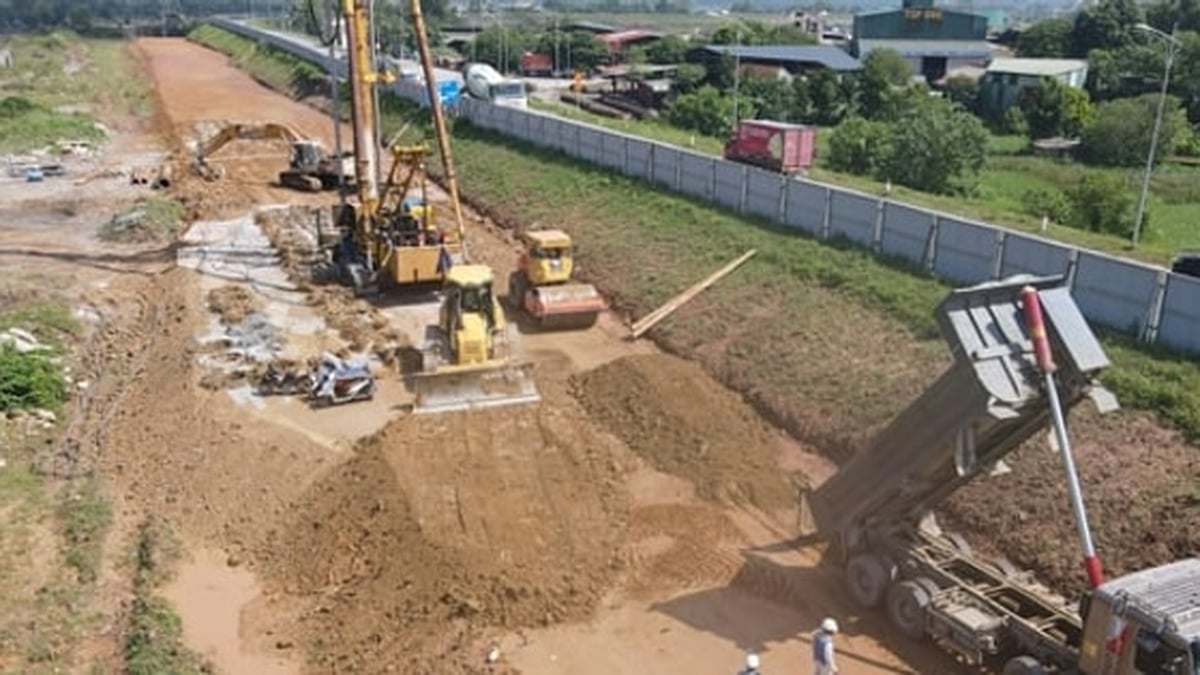



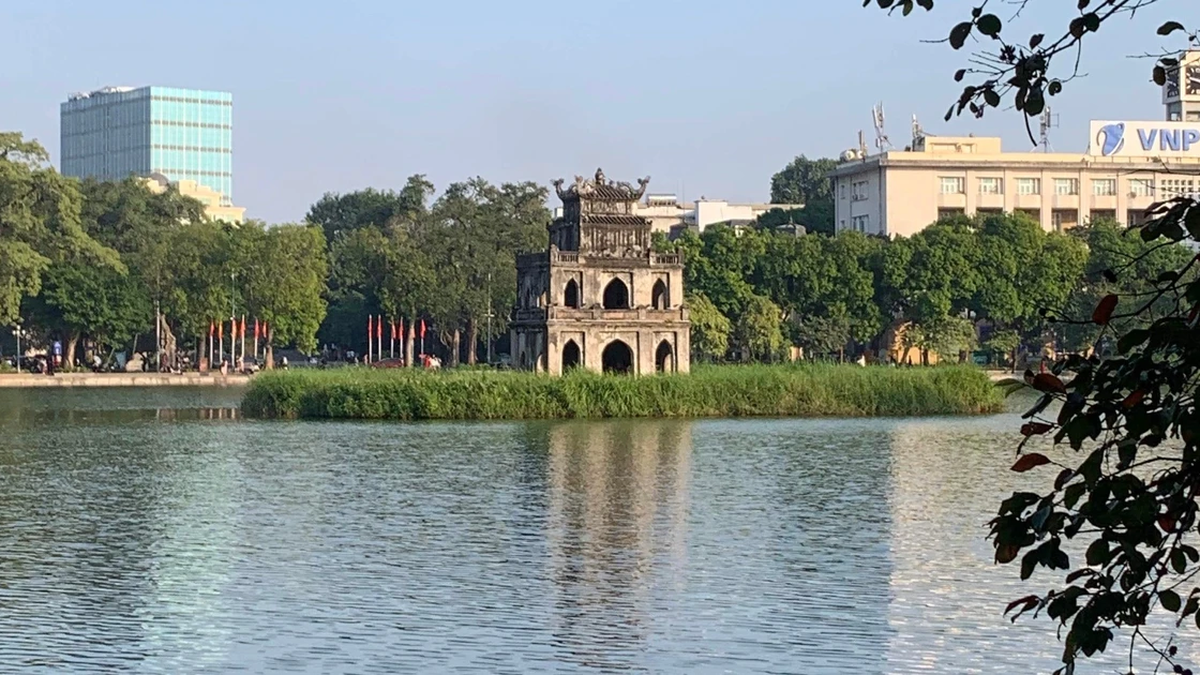


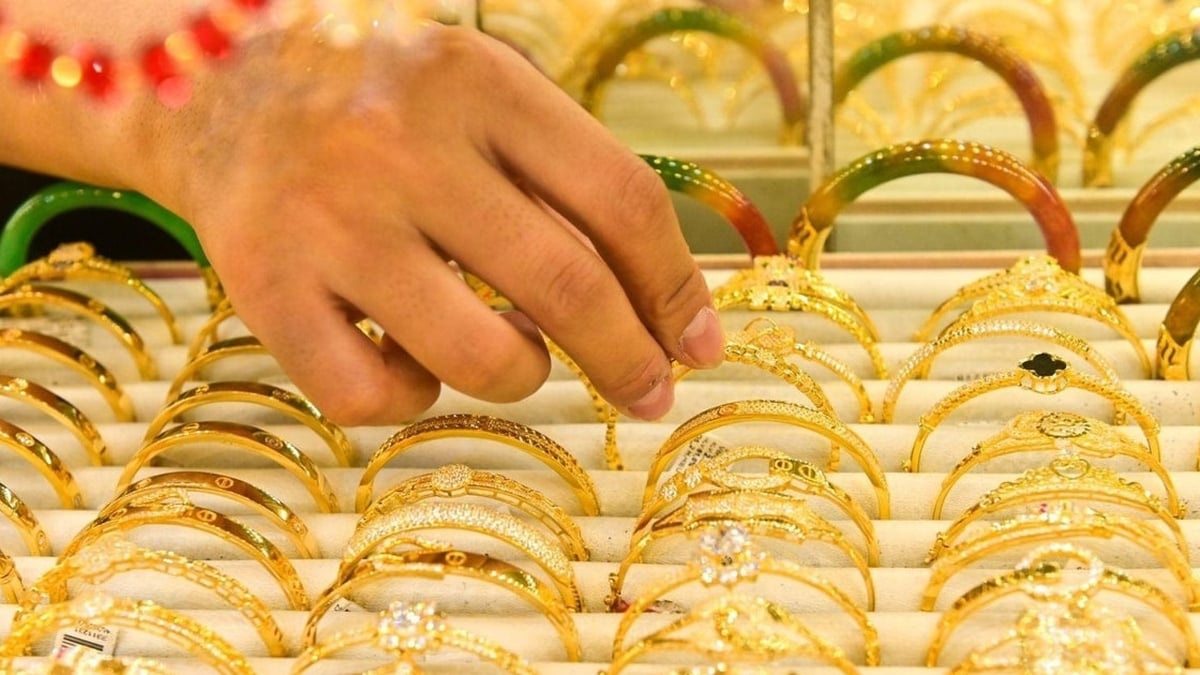




















![[Photo] National Assembly Chairman Tran Thanh Man visits Vietnamese Heroic Mother Ta Thi Tran](https://vphoto.vietnam.vn/thumb/1200x675/vietnam/resource/IMAGE/2025/7/20/765c0bd057dd44ad83ab89fe0255b783)

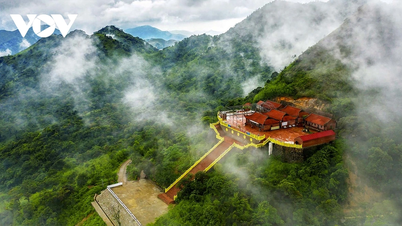



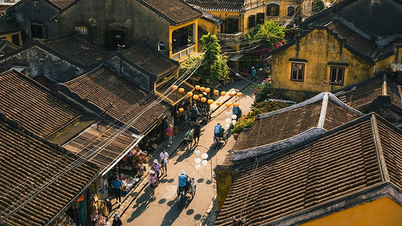


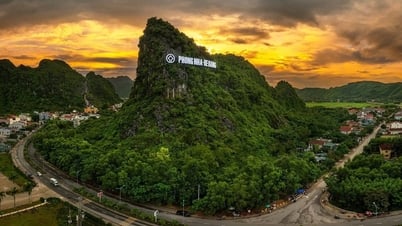























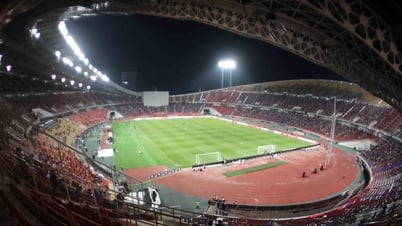

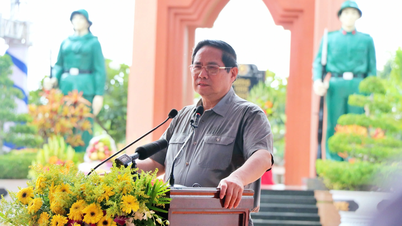


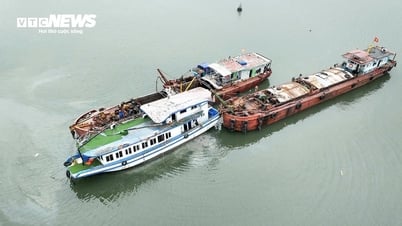







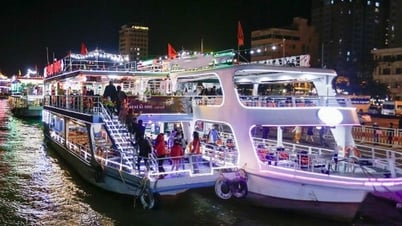



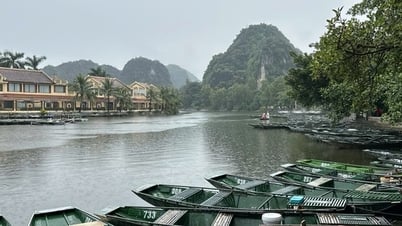


















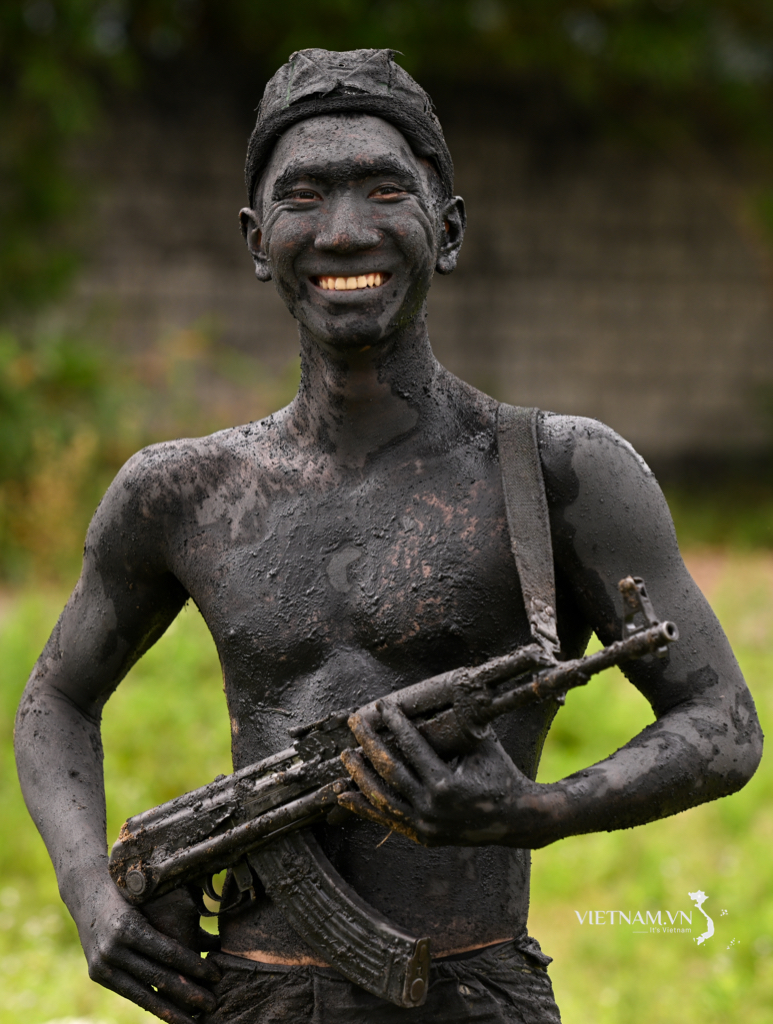


Comment (0)